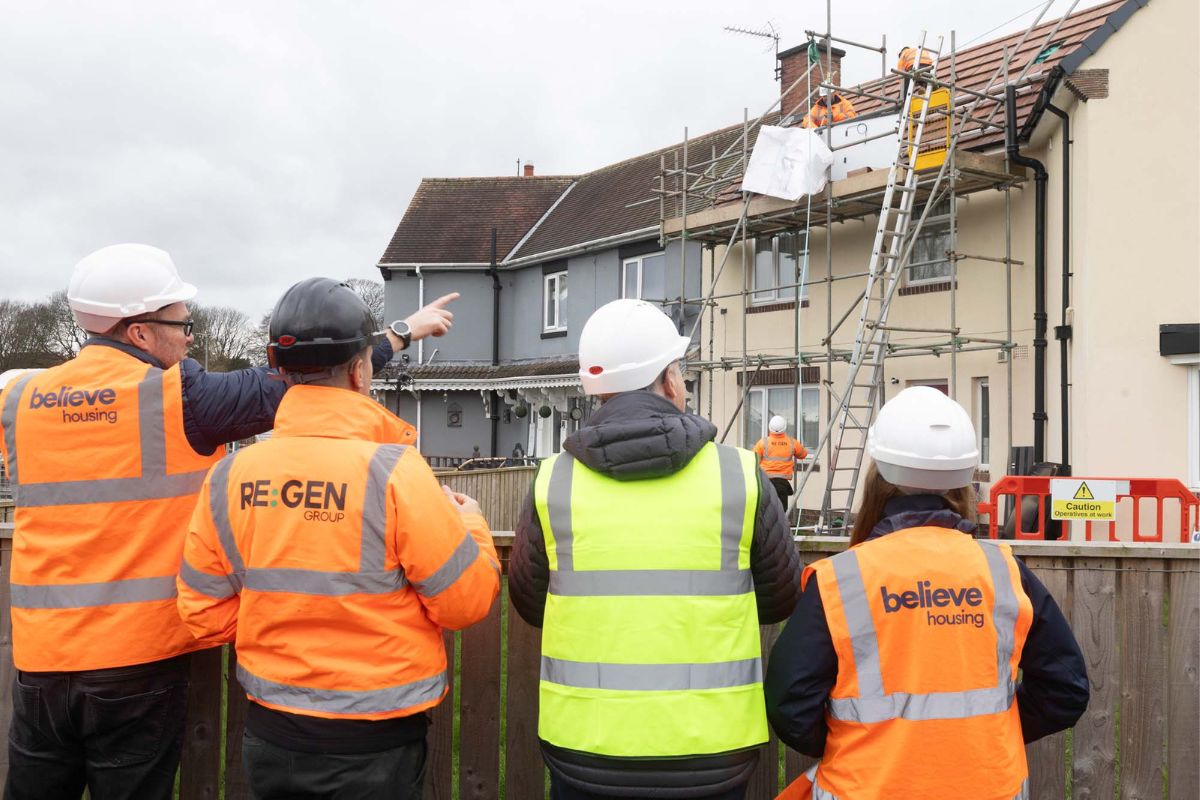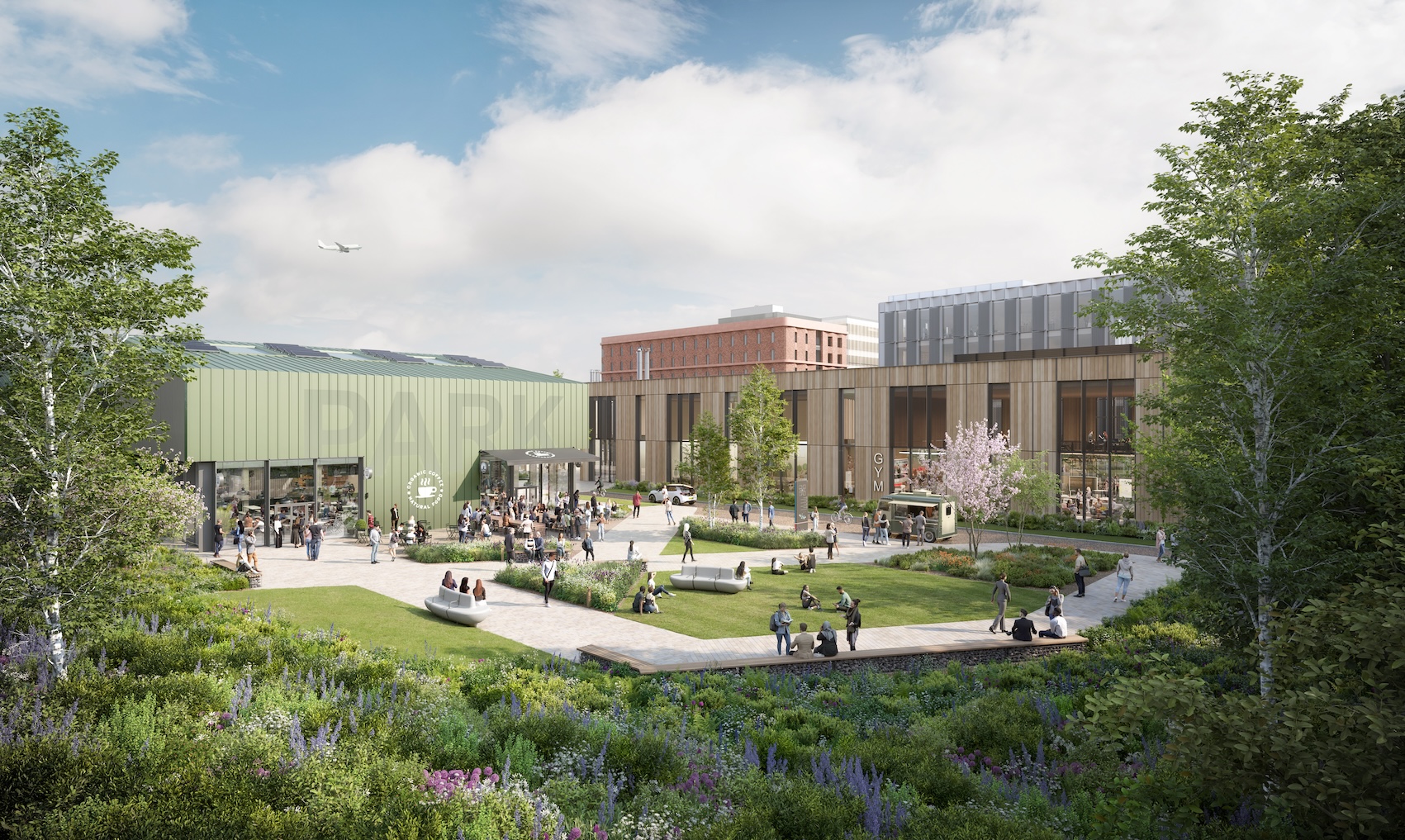Thriving communities that are ready for net zero
In 1898, Ebenezer Howard published Tomorrow: A peaceful path to real reform. In it, he argued for the creation of “garden cities” to solve the crisis of urban overcrowding and ill-health created by the Industrial Revolution, while also ameliorating the decay and depopulation of the countryside.
His ideas were put into practice, first at Letchworth and then at Welwyn, combining the benefits of a town – jobs, transport, infrastructure, with the benefits of the countryside – space, fresh air access to nature and green spaces. Two successful places were created and the ideas have since been implemented in places across the globe.
Howard borrowed from previous work to develop a set of principles for his garden cities, which are:
- community engagement and ownership of land
- mixed-tenure and genuinely affordable homes
- a wide range of local jobs
- well-designed homes with gardens
- green infrastructure
- cultural, recreational and shopping facilities
- integrated and accessible transport.
What is striking about these principles, now over 100 years old, is how pertinent they remain. As a society we are facing an increasing risk of significant climate change, a demographic explosion in the number of older and sicker people we will need to care for and technology changing at an exponential rate. Indeed, with the need for society to rethink how we live and the importance of creating places that support multi-generational communities and net zero living it is arguable that we are now facing a housing crisis similar to that following the Industrial Revolution and which calls for a similarly radical response.
At Places for People we are committed to developing and nurturing thriving places and communities that are ready for the challenge of net zero. To help us craft our approach we’ve been looking at the different elements that contribute to making a place function effectively and considering how we can systematically translate that to the diverse places and communities where we have a role to facilitate transformative change. What is clear is that we probably don’t need to develop something new, we don’t need to be original, what we can do is look back into our recent history and learn from the ideas which have already been tried and tested.
This approach is echoed by the “15 minute city” concept. In some ways a modern take on the garden city idea, the 15 minute city prizes proximity of communities to the services they need day to day as a means to save time and carbon. An interesting angle to the 15 minute city mantra is the importance of ubiquity – the idea that these well designed places need to be in much greater supply so that the homes in them are available and affordable to anyone who wants to live in one. This is perhaps our greatest failing as a society on housing – we know what is needed and we do deliver this at small scale, but we deliver far short of what will enable us to meet the need for well designed homes in well designed places.
One way to deliver more homes and better places is to deliver in partnership. In Brooklands, Milton Keynes Places for People have worked with David Wilson and Barratt Homes, to deliver a new neighbourhood. Brooklands is a sustainable and thriving new Community of 2,500 design-led homes, roads, playgrounds and schools, setting the standard for placemaking. Customers live, work and play close to their homes; from the outset we prioritised the long-term success of the Community, delivering tailored infrastructure and vast green space improvements – often in advance of the phased delivery of housing. The result is somewhere that offers everything for modern living – from vital services to Brooklands Square, a new commercial and Community space featuring restaurants, gyms, fitness centres and shops.
As our thinking continues to evolve, we are looking at how we can apply the lessons from Brooklands and new innovative approaches to building homes, net zero and stewardship as we develop our proposals to create a new Garden Town in Gilston, east Herts. The aim is to create 8,500 homes across six villages, as well as schools, shops and health and wellbeing facilities – an exemplar of transformative and sustainable placemaking. As developers and housing associations the question we ask ourselves has to be – if we know what well designed places look like, why aren’t we building more of them?
The first answer to that question is that it is not easy. In theory, the framework within which we’re working is supportive. The National Planning Policy Framework already includes a presumption in favour of sustainable development. But, as Mike Tyson once said: “Everyone has a plan until they get punched in the mouth.” The framework isn’t enough, it is how it is implemented and the expectations it is creating – and these need to be higher. Local plan makers and decision makers have a crucial role here in being more ambitious at the local level, demanding more and raising the bar so all developers have a level playing field that supports them to deliver more.
Central government can help. It is not easy for local plan makers to act in isolation, a strong strategic steer that straddles functional geographies such as travel to work areas and regional employment hubs would go a long way to supporting change at scale. And if the funding and accountability for delivery backed up such an approach then we’d really be on our way. As part of this strategy, a careful but fresh look at the role and function of green belt which enables communities to make real decisions about protecting the green spaces that matter to them – instead of accidently protecting scrubland that doesn’t – could be a gamechanger.
A core aspect to the garden city principles is that they are interdependent and systematic. Maybe too often in the past developers have taken a ‘pick and mix’ approach depending on what a specific site is able, or perceived to be able, to deliver in the current system. The true value of the principles is when they are deployed at scale and together as a system. Creating places which function as a system. And surely for housing providers there is long-term value in being able to translate that functioning systematic place to a systematic service delivery model.
Many housing associations are hungry to do more but the incentives in the system make it a huge challenge to align the long-term benefits and value with the short-term costs and funding mechanisms. Net zero pathways create costs now but the value will certainly materialise down the track, and the same is true of great places. For our sector, perhaps the immediate challenge is to define a better value proposition which aligns net zero into our design of brilliant places – so that instead of net zero being traded off for other priorities it is baked into our reason for being.
Branwen Evans is Group director of sustainability and policy at Places for People




